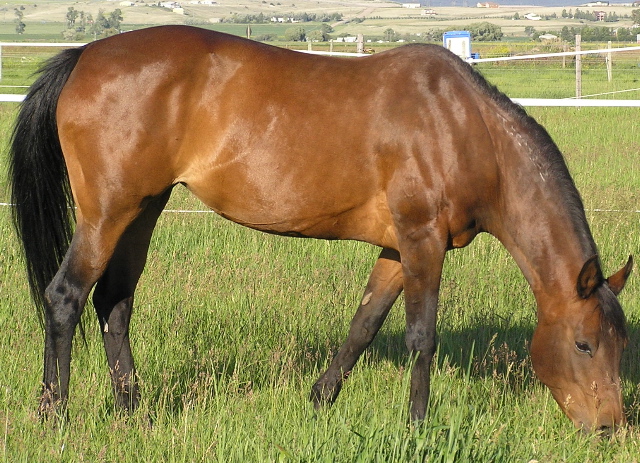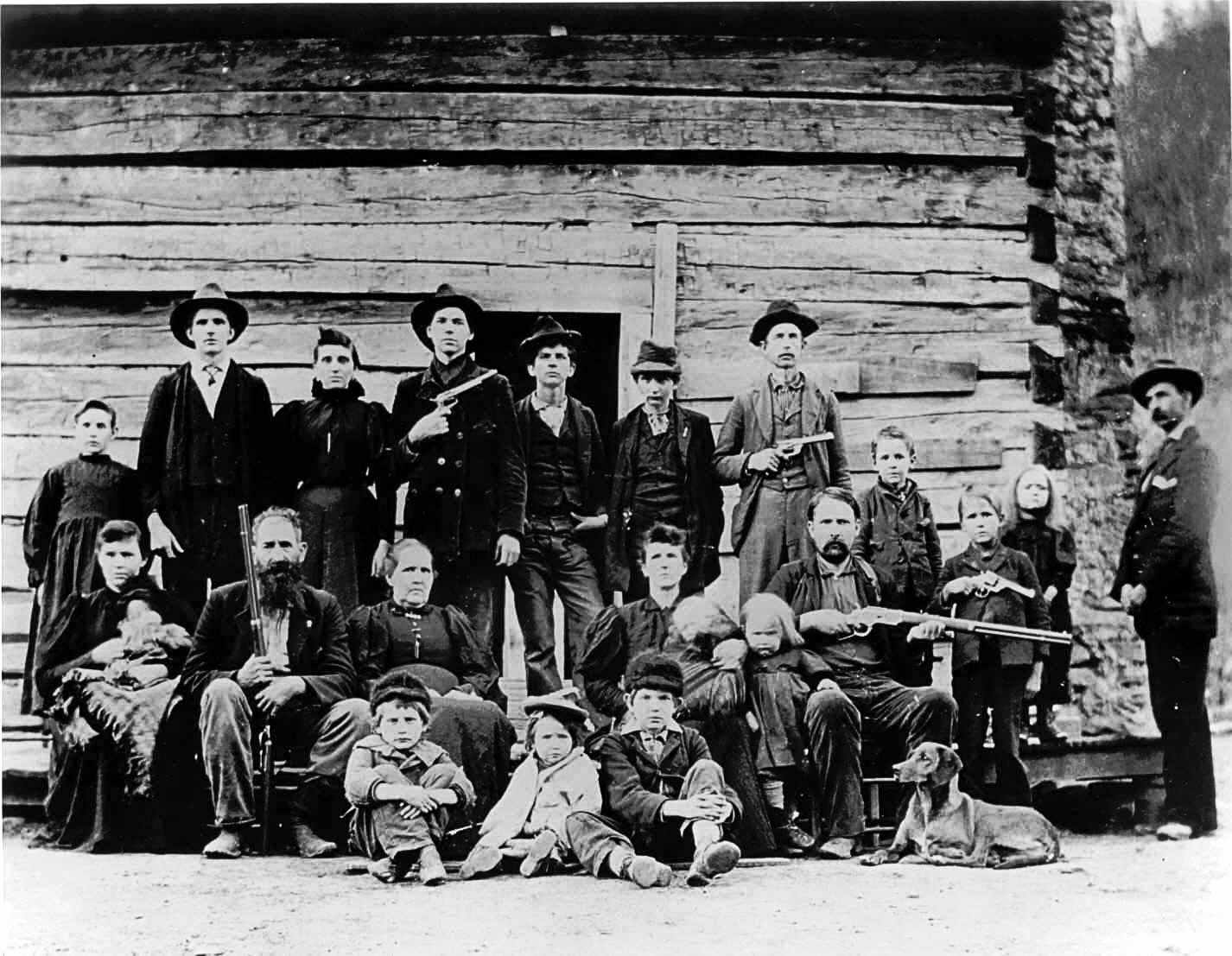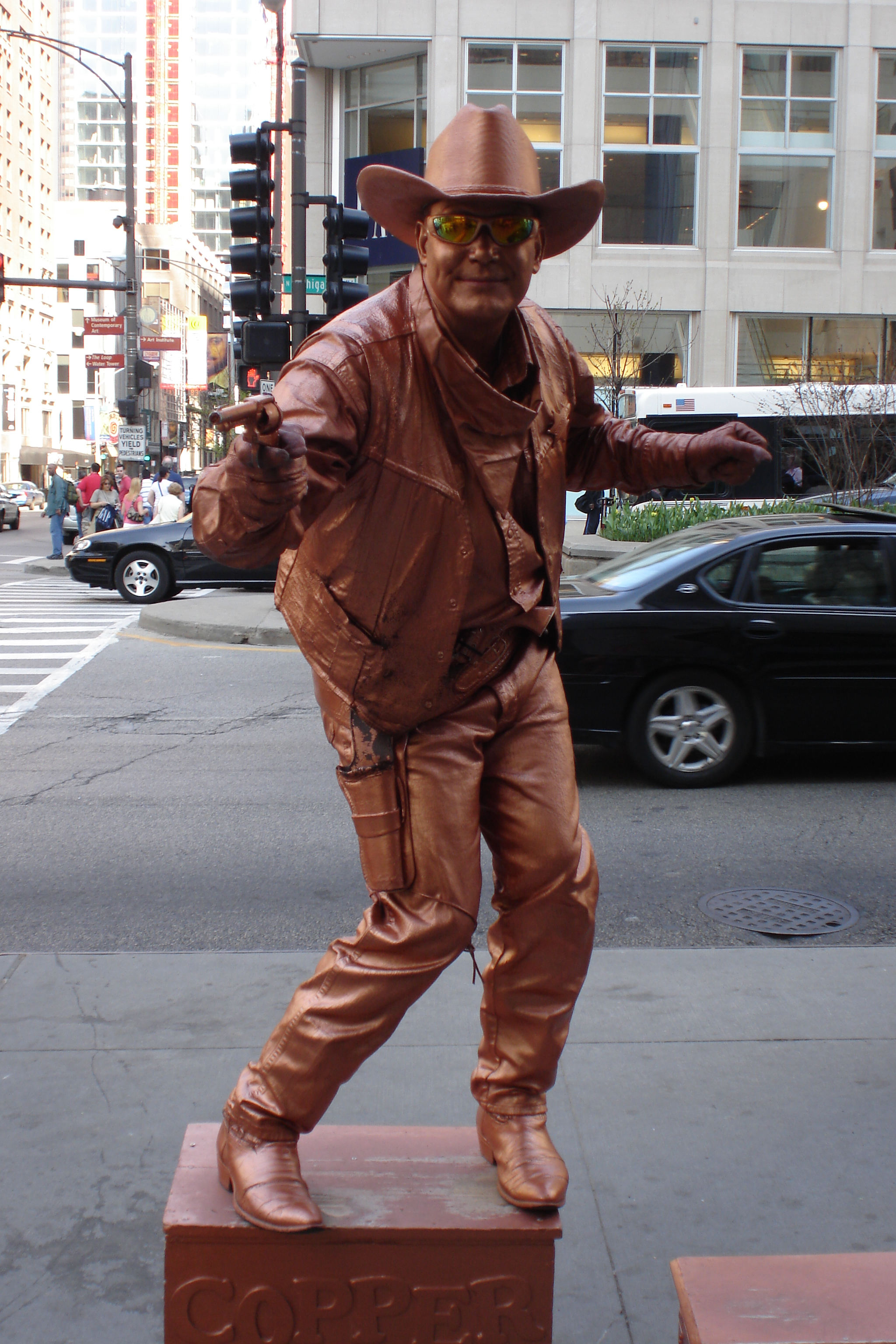|
I'll Always Remember You
"I'll Always Remember You" is the ninth episode of the fourth season, and 94th overall episode, of the Disney Channel sitcom series '' Hannah Montana''. It was written by Andrew Green and Maria Brown-Gallenberg. It originally aired on November 7, 2010. The episode title is a reference to the Hannah Montana song " I'll Always Remember You". The one-hour episode is notable for being the first time Miley Stewart admits her secret to the world that she is Hannah Montana. The episode features three original songs: "Barefoot Cinderella", "I'll Always Remember You", and "Wherever I Go." This episode is also notable for being the last time that Hannah Montana and Lola Luftnagle are featured in an episode, with Miley Stewart becoming the main focus of the show for the remaining episodes. Plot Miley's boyfriend, Jesse, comes to see Miley, and reveals that he knows Miley's secret, that she is the pop star Hannah Montana. After telling him that he can be her guitarist again, she tries to c ... [...More Info...] [...Related Items...] OR: [Wikipedia] [Google] [Baidu] |
Hannah Montana
''Hannah Montana'' is an American teen sitcom created by Michael Poryes, Rich Correll and Barry O'Brien that aired on Disney Channel for four seasons between March2006 and January2011. The series centers on Miley Stewart (Miley Cyrus), a teenage girl living a double life as famous pop singer Hannah Montana, an alter ego she adopted so she could maintain her anonymity and live a normal life as a typical teenager. Episodes deal with Miley's everyday struggles to cope with the social and personal issues of adolescence while maintaining the added complexities of her secret identity, which she sustains by wearing a blonde wig. Miley has strong relationships with her brother Jackson (Jason Earles) and father Robby Ray (Billy Ray Cyrus), as well as her best friends Lilly Truscott (Emily Osment) and Oliver Oken (Mitchel Musso), who become aware of her secret. Overarching themes include a focus on family and friendships as well as the importance of music and discovering one's iden ... [...More Info...] [...Related Items...] OR: [Wikipedia] [Google] [Baidu] |
Hannah Montana (season 3)
The third season of American show Disney Channel teen sitcom ''Hannah Montana'' aired from November 2, 2008 until March 14, 2010. Filming for the season started a day after the 2008 Teen Choice Awards on August 5, 2008. The third season of ''Hannah Montana'' focuses on how the characters grow up than the previous seasons. Hannah has grown up into a new look. Different from the previous two seasons, she has shorter hair and an untraditional style which includes a lot of zebra print and unique boots. Oliver and Lilly start dating starting from the episode " What I Don't Like About You". Later, Lilly moves in with the Stewarts. At the end of the season, the Stewarts and Lilly move from Malibu while Oliver prepares to go on tour with a band. This is the last season to be broadcast in Standard Definition. Production Disney Channel renewed the series for a third season in April 2008, which was filmed from August 2008 to June 2009. Opening sequence For season three, the opening credits c ... [...More Info...] [...Related Items...] OR: [Wikipedia] [Google] [Baidu] |
Wagon
A wagon or waggon is a heavy four-wheeled vehicle pulled by draught animals or on occasion by humans, used for transporting goods, commodities, agricultural materials, supplies and sometimes people. Wagons are immediately distinguished from carts (which have two wheels) and from lighter four-wheeled vehicles primarily for carrying people, such as carriages. Animals such as horses, mules, or oxen usually pull wagons. One animal or several, often in pairs or teams may pull wagons. However, there are examples of human-propelled wagons, such as mining corfs. A wagon was formerly called a wain and one who builds or repairs wagons is a wainwright. More specifically, a wain is a type of horse- or oxen-drawn, load-carrying vehicle, used for agricultural purposes rather than transporting people. A wagon or cart, usually four-wheeled; for example, a haywain, normally has four wheels, but the term has now acquired slightly poetical connotations, so is not always used with technical ... [...More Info...] [...Related Items...] OR: [Wikipedia] [Google] [Baidu] |
Cowboy
A cowboy is an animal herder who tends cattle on ranches in North America, traditionally on horseback, and often performs a multitude of other ranch-related tasks. The historic American cowboy of the late 19th century arose from the '' vaquero'' traditions of northern Mexico and became a figure of special significance and legend.Malone, J., p. 1. A subtype, called a wrangler, specifically tends the horses used to work cattle. In addition to ranch work, some cowboys work for or participate in rodeos. Cowgirls, first defined as such in the late 19th century, had a less-well documented historical role, but in the modern world work at identical tasks and have obtained considerable respect for their achievements. Cattle handlers in many other parts of the world, particularly South America and Australia, perform work similar to the cowboy. The cowboy has deep historic roots tracing back to Spain and the earliest European settlers of the Americas. Over the centuries, differences ... [...More Info...] [...Related Items...] OR: [Wikipedia] [Google] [Baidu] |
William Tell Overture
The ''William Tell'' Overture is the overture to the opera ''William Tell'' (original French title ''Guillaume Tell''), whose music was composed by Gioachino Rossini. ''William Tell'' premiered in 1829 and was the last of Rossini's 39 operas, after which he went into semi-retirement (he continued to compose cantatas, sacred music and secular vocal music). The overture is in four parts, each following without pause. There has been repeated use (and sometimes parody) of parts of this overture in both classical music and popular media. It was the theme music for ''The Lone Ranger'' in radio, television and film, and has become widely associated with horseback riding since then. Two different parts were also used as theme music for the British television series ''The Adventures of William Tell'', the fourth part (popularly identified in the US with ''The Lone Ranger'') in the UK, and the third part, rearranged as a stirring march, in the US. Franz Liszt prepared a piano transcripti ... [...More Info...] [...Related Items...] OR: [Wikipedia] [Google] [Baidu] |
Horse Feed
Equine nutrition is the feeding of horses, ponies, mules, donkeys, and other equines. Correct and balanced nutrition is a critical component of proper horse care. Horses are non-ruminant herbivores of a type known as a " hindgut fermenter." Horses have only one stomach, as do humans. However, unlike humans, they also need to digest plant fiber (largely cellulose) that comes from grass or hay. Ruminants like cattle are foregut fermenters, and digest fiber in plant matter by use of a multi-chambered stomach, whereas horses use microbial fermentation in a part of the digestive system known as the ''cecum'' (or ''caecum'') to break down the cellulose. Williams, Carey A., Ph ... [...More Info...] [...Related Items...] OR: [Wikipedia] [Google] [Baidu] |
Hillbilly
Hillbilly is a term (often derogatory) for people who dwell in rural, mountainous areas in the United States, primarily in southern Appalachia and the Ozarks. The term was later used to refer to people from other rural and mountainous areas west of the Mississippi river, too, particularly those of the Rocky Mountains and near the Rio Grande. The first known instances of "hillbilly" in print were in ''The Railroad Trainmen's Journal'' (vol. ix, July 1892), an 1899 photograph of men and women in West Virginia labeled "Camp Hillbilly", and a 1900 ''New York Journal'' article containing the definition: "a Hill-Billie is a free and untrammeled white citizen of Alabama, who lives in the hills, has no means to speak of, dresses as he can, talks as he pleases, drinks whiskey when he gets it, and fires off his revolver as the fancy takes him". The stereotype is twofold in that it incorporates both positive and negative traits: "Hillbillies" are often considered independent and self-relian ... [...More Info...] [...Related Items...] OR: [Wikipedia] [Google] [Baidu] |
Old-time Music
Old-time music is a genre of North American folk music. It developed along with various North American folk dances, such as square dancing, clogging, and buck dancing. It is played on acoustic instruments, generally centering on a combination of fiddle and plucked string instruments, most often the banjo, guitar, and mandolin. The genre is considered a precursor to modern country music. History Reflecting the cultures that settled North America, the roots of old-time music are in the traditional musics of the British Isles and Europe. African influences are notably found in instruments such as the banjo. In some regions French and German sources are also prominent. While many dance tunes and ballads can be traced to European sources, many others are of North American origin. The term "old-time" Old-time music represents perhaps the oldest form of North American traditional music other than Native American music, and thus the term "old-time" is an appropriate one. Fiddlin' ... [...More Info...] [...Related Items...] OR: [Wikipedia] [Google] [Baidu] |
Show Tune
A show tune is a song originally written as part of the score of a work of musical theatre or musical film, especially if the piece in question has become a standard, more or less detached in most people's minds from the original context. Though show tunes vary in style, they do tend to share common characteristics—they usually fit the context of a story being told in the original musical, they are useful in enhancing and heightening choice moments. A particularly common form of show tune is the "I Want" song, which composer Stephen Schwartz noted as being particularly likely to have a lifespan outside the show that spawned it. Show tunes were a major venue for popular music before the rock and roll and television era; most of the hits of such songwriters as Jerome Kern, Cole Porter, and George Gershwin came from their shows. (Even into the television and rock era, a few stage musicals managed to turn their show tunes into major pop music hits, sometimes aided by fi ... [...More Info...] [...Related Items...] OR: [Wikipedia] [Google] [Baidu] |
Living Statue
A living statue is a performer who poses as a statue or mannequin, usually with realistic statue-like makeup, Performances are commonly on the street busking but may also be at events where the artist is paid. A living statue attraction, as a performance, is the artist's ability to stand motionless and occasionally come to life to comic or startling effect. History The tableau vivant, or group of living statues, was a regular feature of medieval and Renaissance festivities and pageantry, such as royal entries by rulers into cities. Typically a group enacting a scene would be mounted on an elaborate stand decorated to look like a monument, placed on the route of the procession. A living statue appeared in a scene of the 1945 French masterpiece film ''Les enfants du paradis'' ('' Children of Paradise''), and early living statue pioneers include the London-based artists Gilbert and George in the 1960s. In the early years of the 20th century, the German dancer Olga Desmond put on ... [...More Info...] [...Related Items...] OR: [Wikipedia] [Google] [Baidu] |
Santa Monica Pier
The Santa Monica Pier is a large double-jointed pier at the foot of Colorado Avenue in Santa Monica, California, United States. It contains a small amusement park, concession stands, and areas for views and fishing. Attractions Pacific Park The pier contains Pacific Park, a family amusement park with its solar panelled Ferris wheel. The brightly lit wheel can be seen from a distance and has been turned off during the Earth Hour observance. Other attractions It also has an original carousel hippodrome from the 1920s, the Santa Monica Pier Aquarium operated by Heal the Bay, shops, entertainers, a video arcade, a trapeze school, pubs, and restaurants. The pier's west end is a popular location for anglers. The pier is a venue for outdoor concerts, movies, and other activities. History Santa Monica has had several piers; however, the current Santa Monica Pier is made up of two adjoining piers that long had separate owners. The long, narrow Municipal Pier opened Septemb ... [...More Info...] [...Related Items...] OR: [Wikipedia] [Google] [Baidu] |
Electronic Music
Electronic music is a genre of music that employs electronic musical instruments, digital instruments, or circuitry-based music technology in its creation. It includes both music made using electronic and electromechanical means ( electroacoustic music). Pure electronic instruments depended entirely on circuitry-based sound generation, for instance using devices such as an electronic oscillator, theremin, or synthesizer. Electromechanical instruments can have mechanical parts such as strings, hammers, and electric elements including magnetic pickups, power amplifiers and loudspeakers. Such electromechanical devices include the telharmonium, Hammond organ, electric piano and the electric guitar."The stuff of electronic music is electrically produced or modified sounds. ... two basic definitions will help put some of the historical discussion in its place: purely electronic music versus electroacoustic music" ()Electroacoustic music may also use electronic effect units to ... [...More Info...] [...Related Items...] OR: [Wikipedia] [Google] [Baidu] |







